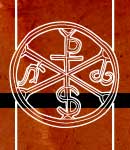
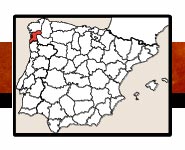

 |
 |
||
 |
|||
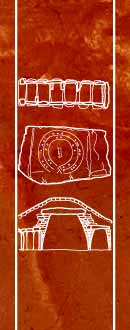 |
(40)/L-P/PONT-Pontev-40.jpg) |
-55/BOOK-cort-40.jpg) |
 |
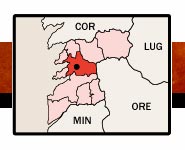 |
||
 |
|||
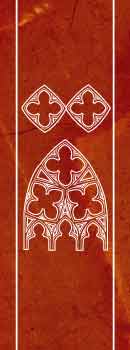 |
RUINAS S. DOMINGO (PONTEVEDRA) INFORMACIÓN HISTORICO-ARTÍSTICALas ruinas del Convento de Santo Domingo de Pontevedra, es un bellísimo edificio que se remonta al siglo XII, de elementos de diversos estilos, la cabecera es poligonal y gótica, con altos ventanales, se data en el siglo XIV, los elementos más modernos son del siglo XVIII, de estilo neoclásico, la excepcional heráldica es de este periodo. HORARIOS- ENTRADAContacto www.visit-pontevedra.com |
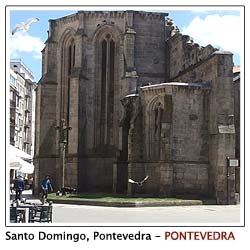 |
RUINS S. DOMINGO (PONTEVEDRA) HISTORICAL-ARTISTIC INFORMATIONThe ruins of the Convent of Santo Domingo de Pontevedra, is a beautiful building that goes back to the 12 th century, of elements of different styles, the head is polygonal and Gothic, with high windows, dating from the 14 th century, the most modern elements are of the 18 th century, of neoclassical style, the exceptional heraldry is from this period. TICKETS AND TIMETABLEContact www.visit-pontevedra.com |
 |
ACCESO POR CARRETERA (PONTEVEDRA) UBICACIÓN DE ENCLAVES:La ciudad de Pontevedra es accesible desde la AP-9 (peaje) y desde la N-550, la parte más antigua e interesante esta rodeada por el río Lérez. |
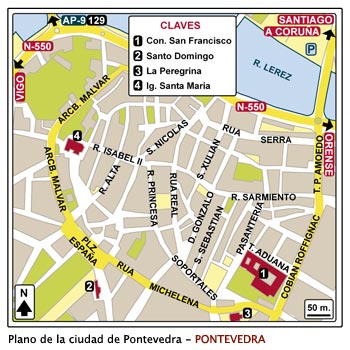 |
ACCESS BY ROAD (PONTEVEDRA) LOCATION OF SITESThe city of Pontevedra is accessible from the AP-9 (toll) and from the N-550, the oldest and most interesting part is surrounded by the Lérez River. |
 |
ACCESO PARA MINUSVALIDOS: PONTEVEDRA: Con silla de ruedas acceso factible al convento de San Francisco, por el lateral de Santa Maria la Mayor, accediendo por la parte posterior es posible entrar a la Peregrina por la entrada principal; pero no es posible acceder al convento de San Francisco. TOURÓN: Acceso factible con silla de ruedas, tiene rampa y puerta de doble hoja. |
ACCESS FOR HANDICAPPED PONTEVEDRA: With wheelchair accesse feasible to convent of San Francisco, by the side of Santa María la Mayor, accessing by the back is possible to enter in La Peregrina by the main entrance; but it is not possible to access the convent of San Francisco. TOURÓN: Accessible with wheelchair, Touron has a ramp and double-leaf door. |
|||